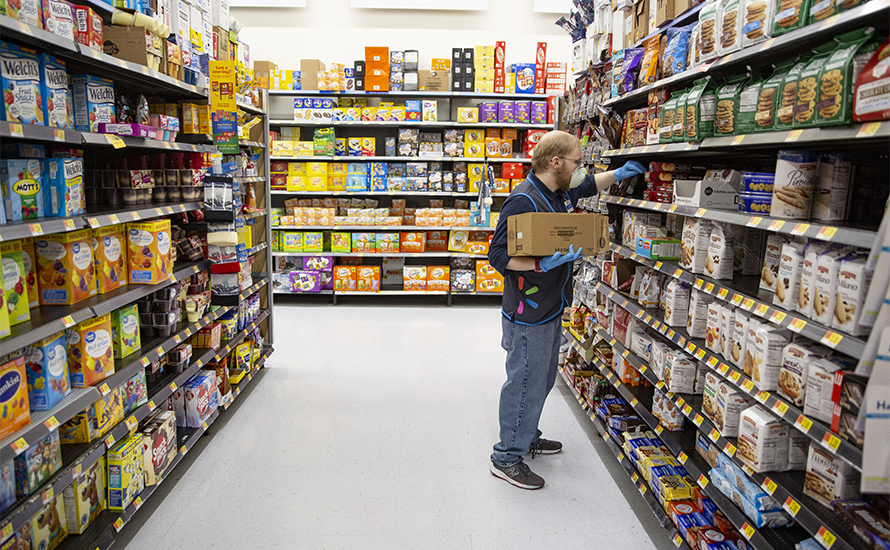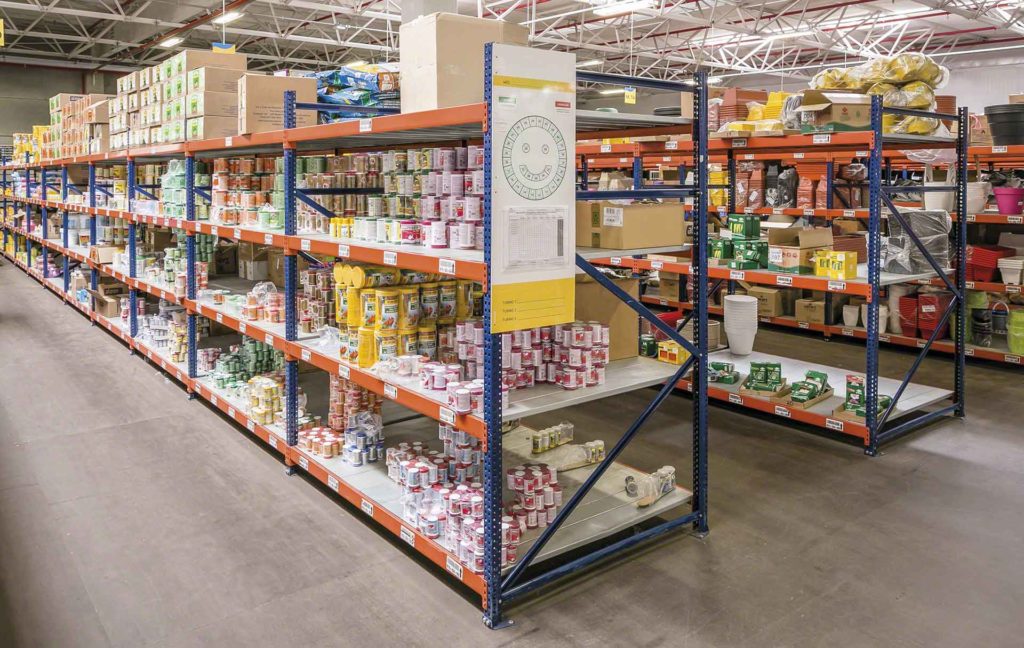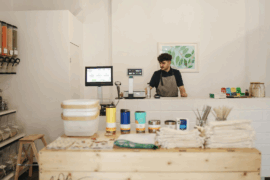Businesses in retail industries compete for customer satisfaction and speed is one of the critical contributing factors. That induces retailers to find other proper ways of storing and delivering products. Dark stores come in as a realistic alternative especially in these days when COVID-19 has influenced greatly in most aspects of life. Will dark stores be the future of retail? Let’s discover further.
Scenario for the rise of dark stores
COVID-19 is an accelerant of change, retailers need to get creative to give their customers the experiences and levels of service they expect. Online shopping has clearly proved the large growth in markets like in the U.S. or U.K. grocers have doubled the capacity of delivery but still cannot meet demand.
When consumers order a product online, they expect prompt delivery. For instance, more than half of U.S. consumers under the age of 25 say same-day shipping is their top purchase driver. Speed creates the biggest advantage in retail, especially in grocery industry, as freshness is paramount. Now even that grocers compete against retail giants promising same-day and two-hour delivery, micro-fulfillment makes strategic sense. How can retailers meet customer demand as it moves from in-store shopping to these relatively new channels?
Dark stores – future of retail
Perhaps, it is time for retailers to consider moving away from a centralized fulfillment model that often comes with high distribution costs and longer delivery times to dark, urban, and smaller stores. In stead of serving online orders from open stores which acted as a short-term yet expensive solution, acute retailers will create more dark stores and use them as local fulfillment centers.
Dark stores are a profitable way to reduce delivery times and allow retailers to make more vital inventory choices by location. The benefits of decentralized fulfillment include accessibility and scalability. In grocery, it’s estimated that, the cost of delivering goods from central warehouses is usually about two times higher than using micro-fulfillment in stores.

What should be noticed when running dark stores?
Applying this decentralize model effectively requires retailers to have detailed inventory reports to ensure that each dark store is stocked with products to best serve local demands. Online shoppers expect that they will be demonstrated with accurate and local availability information. Therefore, planners need to be able to meet the minimal stock-out demands.
One more thing that retailer would take into account is that if a majority will still remain dark once things normalize. The answer might be not, because most of them are in ridiculously expensive locations and are configured to serve customers. For example, if you wanted a dark store to serve NYC, you would not locate it there and you wouldn’t have that space configuration. Online is unprofitable enough without adding very high-cost fulfillment locations into the mix. What we will see could be a hybrid model. The locations are designed to fill shoppers’ online orders while allowing traditional stores to “continue to serve the needs of those who enjoy the in-store experience. That’s the best way to maximize profitability and deal with shifts in demand.
“Nothing is forever” seems to best describe the future of retail when things become more unpredictable. Adaptability or change-savvy are key take-aways to better operate and make profits in such a dynamic retail industry. Don’t panic as our business consultants are always willing to help you with an omnichannel sales solution to boost your business. Let’s have a talk with the business consultants in your available time.




